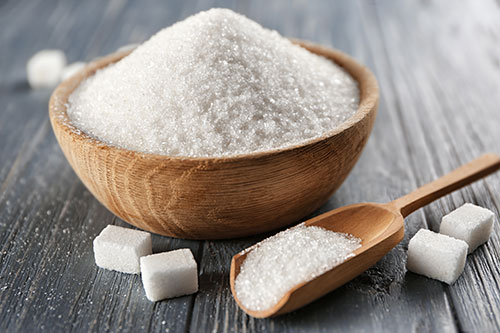
Dec 4, 2019
Blog Energy & Sustainability What Happened in the Food and Beverage Market in 2019?
The food and beverage industry is one of both high-growth and high-profit, with huge potential. This is especially the case in the food processing, packaging and functional food segments, thanks in part to advancements in technology—one of the prime factors creating opportunity within these markets.
Simpler packaging and processing solutions are becoming the norm, allowing companies to generate less waste and increase recyclability. These technological breakthroughs are increasing consumer demand for resealable packages and recyclable single-portion packages.
As 2019 comes to a close, now’s the time to gain an understanding of what exactly happened in the industry this past year.
In today’s post, we look at 2019 highlights of the following markets:
Update your team or latest project with our key insights into these industries below.
Fermentation Ingredients: Global Markets
Fermentation is the process of breaking down the chemicals of a substance by bacteria, yeasts or other microorganisms. This is usually made possible through the conversion of ethyl alcohol, which is also used in the process of making beer and wine.
There has been an increase in the number of products created through a fermentation process. The market itself experienced significant fluctuations in pricing as well as wide variations in the product development and consolidation. This is due to the fact that it is highly susceptible to various factors, including the agricultural industry, food preferences and other macro-economic indicators.
Non-Sugar Sweeteners: Global Markets
Consumers have been aware of the health threats that an excess intake of sugar can cause, giving rise to the popularity of natural and artificial non-sugar sweeteners. While they are sweeter than sugar, they are lower in calories and have fewer negative effects on health.
The three types of non-sugar sweeteners include:
High fructose corn syrup and high-intensity sweeteners are utilized as a sugar substitute, while low-intensity sweeteners are used in multiple industries including beverage, confectionery and pharmaceutical.
Food Waste Management: Global Markets
Food waste has become a serious global issue, as it will start to have serious adverse effects on society, ranging from health issues to environmental pollution. Fortunately, the need for appropriate, environmentally sustainable solutions is growing.
The anaerobic digestion process is one of the most promising solutions. It will address not only food waste management, but nutrient recover and energy production all while maintaining environmentally friendly characteristics.
Learn more about Food and Beverage Market
For more intel about the major trends of the food and beverage market in 2019, check out our full report: 2019 Food and Beverage Research Review.
Clara Mouawad is the content writer at BCC Research. She contributes to our blog, social media, email marketing and more.

Electrical switches—devices that control the flow of electricity—are the backbon...

As the world accelerates toward net-zero emissions, hydrogen, and ammonia have e...

Hydrogen technology is widely used across industries like glass, fertilizer, met...

We are your trusted research partner, providing actionable insights and custom consulting across life sciences, advanced materials, and technology. Allow BCC Research to nurture your smartest business decisions today, tomorrow, and beyond.
Contact UsBCC Research provides objective, unbiased measurement and assessment of market opportunities with detailed market research reports. Our experienced industry analysts assess growth opportunities, market sizing, technologies, applications, supply chains and companies with the singular goal of helping you make informed business decisions, free of noise and hype.